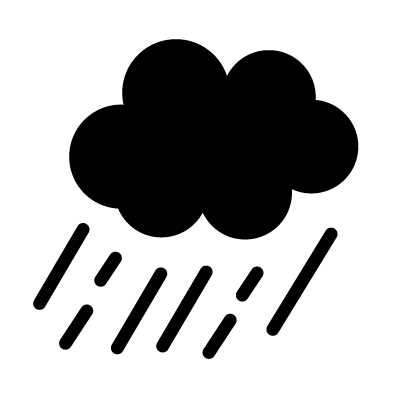Agroforestry
design Lab
in collaboration with Outsiders and Circular Landscapes. Netherlands, 2021 - ongoing


Agrobosbouw NL give practical design and mantainance advices to farmers and other land owners that wants to implement agroforestry in their land and work together with diverse knowledge institutes in order to bridge the gap between theory and practice.
By agroforestry we mean the combined cultivation of trees and shrubs with other crops and / or animals for products and services that are useful to humans, in such a way that the natural ecosystem is strengthened and cycles are closed.
Through a Design Lab experience practices and knowledge institutes are brought together to develop a more integral design solution.
In addition to technical or financial considerations, agroforestry touches on the essential relationship between nature, food production and society and therefore deserves a broader cultural analysis. Design Lab Agroforestry wants to be a stage for this. The Outsiders were asked to design three Design labs from the arts.

Landschapsplan BoerInNatuur Uden, Circular Landscapes
There are different forms of agroforestry (food forests, grazed forests, tree meadows or orchards, row cultivation, wind hedges in combination with small-scale pasture or arable farming, or combinations thereof in integrated mixed farms). Which shapes are most suitable for which landscapes and what the best size and scale are is one of the topics we will explore in the Design Lab. In addition, we will examine the spatial implications of different cultivation systems (choice of species, ecological interactions, planting distance and plant density) and business models (work organization, harvesting and processing technology, marketing, financing).
The Agroforestry Master Plan, drawn up on behalf of the Ministry of Agriculture, Nature and Food Quality, argues for the realization of 25,000 hectares of agroforestry by 2030. This means a serious task with a major impact on the landscape. The Master Plan also argues for a regional area approach to enable an optimal integration of agroforestry into the landscape, but - in our opinion wrongly - no specific role is mentioned for landscape architecture.
Agroforestry is still difficult to fit into the usual planning dichotomy between nature and agriculture. The associated administration of management packages, hectare payments and mineral balances actually hinders the possibility of creating new connections. In terms of policy, agroforestry often falls between the shore and the ship, and starting entrepreneurs are put off by the complicated regulations.
Many parties are currently already developing plans, often based on ecological or cultivation-technical principles. In general, little attention is still being paid to the landscape and social embedding and to long-term economic sustainability. To enable a wider application of agroforestry as a fully-fledged alternative to conventional agriculture, a more integrated and commercial approach is required.
Agroforestry entails a new relationship between nature, food production and society and represents an important innovation for the Dutch cultural landscape.




